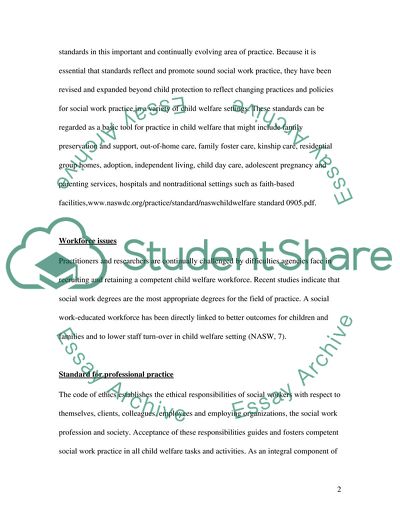Cite this document
(The Child Welfare System and Prevention Services to Children With a Research Paper, n.d.)
The Child Welfare System and Prevention Services to Children With a Research Paper. Retrieved from https://studentshare.org/health-sciences-medicine/1727017-child-abuse-and-neglect
The Child Welfare System and Prevention Services to Children With a Research Paper. Retrieved from https://studentshare.org/health-sciences-medicine/1727017-child-abuse-and-neglect
(The Child Welfare System and Prevention Services to Children With a Research Paper)
The Child Welfare System and Prevention Services to Children With a Research Paper. https://studentshare.org/health-sciences-medicine/1727017-child-abuse-and-neglect.
The Child Welfare System and Prevention Services to Children With a Research Paper. https://studentshare.org/health-sciences-medicine/1727017-child-abuse-and-neglect.
“The Child Welfare System and Prevention Services to Children With a Research Paper”, n.d. https://studentshare.org/health-sciences-medicine/1727017-child-abuse-and-neglect.


